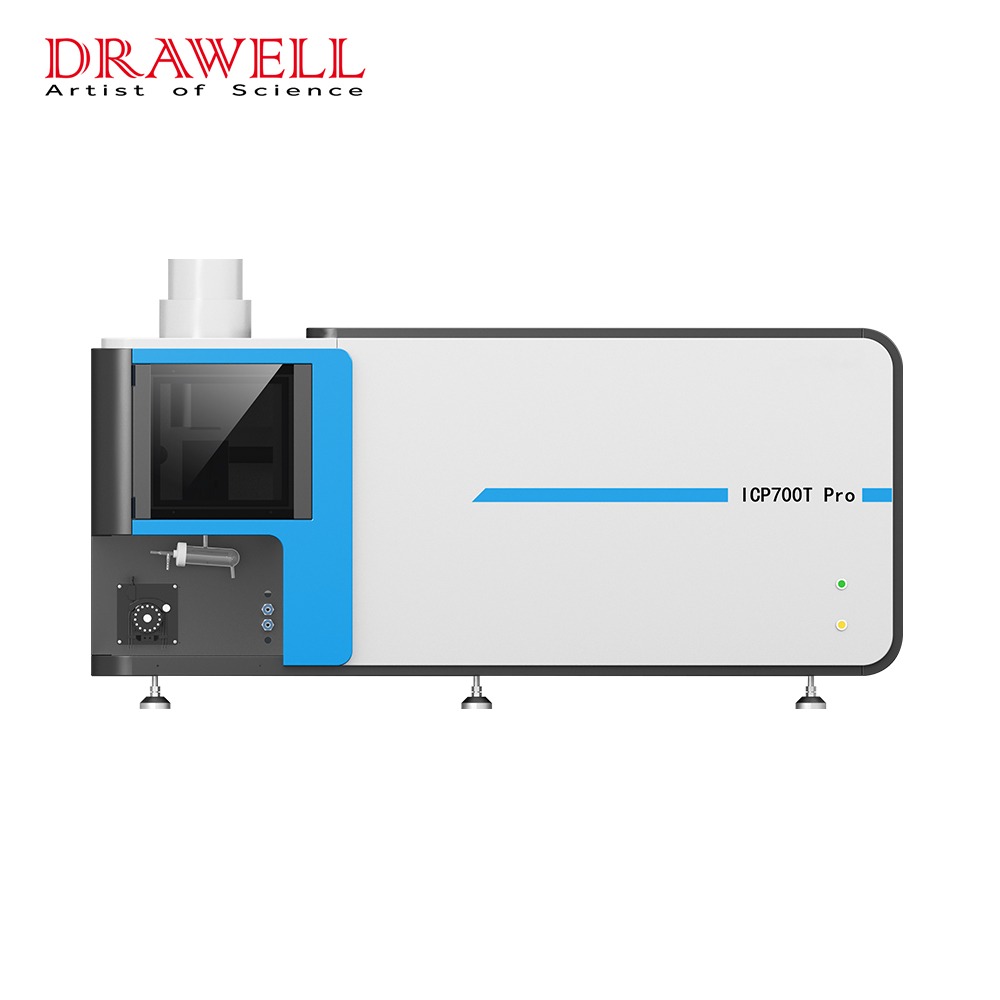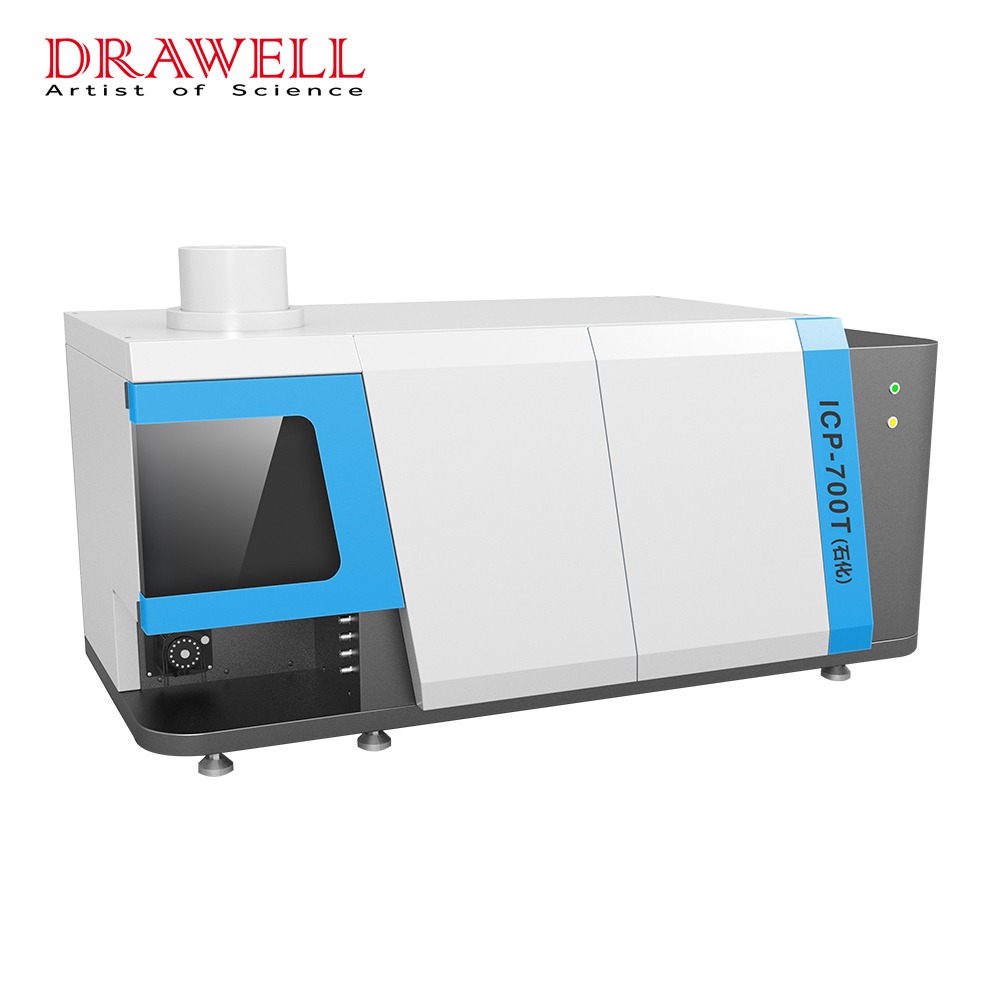In the realm of analytical chemistry, two prominent techniques, ICP-OES (Inductively Coupled Plasma Optical Emission Spectroscopy) and XRF (X-ray Fluorescence Spectroscopy), play pivotal roles in elemental analysis. These techniques are employed across various industries for their unique capabilities and applications. This article focuses on the topic of ICP-OES vs. XRF, exploring the key differences between ICP-OES and XRF, focusing on their analytical principles, advantages, and common applications.

Analytical Principles in ICP-OES vs. XRF
ICP-OES Principle: ICP-OES operates based on the principles of optical emission spectroscopy. It uses an argon plasma torch to generate temperatures exceeding 10,000 degrees Celsius, ionizing atoms in the sample. As the excited atoms return to their ground state, they emit characteristic wavelengths of light. This emitted light is dispersed and detected, providing information about the elements present and their concentrations in the sample.
XRF Principle: In contrast, XRF relies on the interaction of X-rays with the atoms in a sample. When exposed to high-energy X-ray radiation, inner-shell electrons are ejected from the atoms. As these vacancies are filled by outer-shell electrons, X-ray fluorescence is emitted. The energy and intensity of the emitted X-rays are used to identify and quantify the elements in the sample.
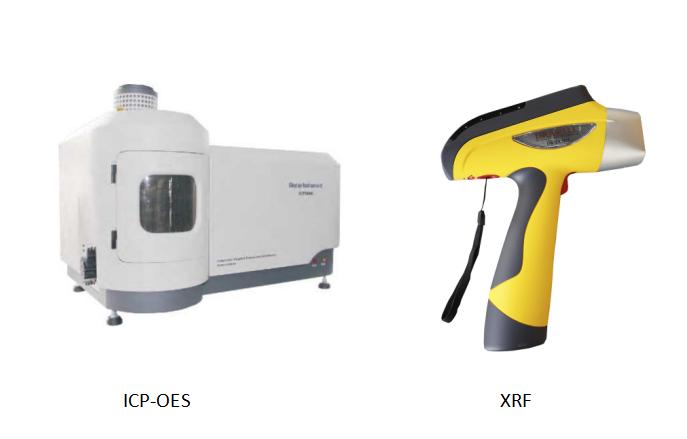
Key Differences in ICP-OES vs. XRF
To comprehend the nuances that set ICP-OES and XRF apart, it is essential to explore their differences across several key dimensions: Analytical Range, Sensitivity and Detection Limits, Sample Types, Sample Preparation, and Elemental Coverage. Each of these aspects plays a crucial role in determining the suitability of these analytical techniques for specific applications.
1. Analytical Range:
ICP-OES: ICP-OES offers a broader analytical range, covering a wide spectrum of elements, including metals, non-metals, and even rare earth elements. It is particularly well-suited for trace element analysis.
XRF: XRF specializes in the analysis of heavier elements, typically from sodium (Na) to uranium (U). Light elements with low atomic numbers may not be efficiently detected by XRF.
2. Sensitivity and Detection Limits:
ICP-OES: ICP-OES exhibits lower detection limits and higher sensitivity, making it suitable for trace-level analysis.
XRF: XRF generally has higher detection limits and is more appropriate for qualitative and semi-quantitative analysis, especially when analyzing bulk samples.
3. Sample Types:
ICP-OES: Primarily used for liquid samples, ICP-OES can analyze aqueous solutions and digested solid samples.
XRF: XRF is versatile and can analyze a wide range of sample types, including solids, liquids, powders, and thin films. Its minimal sample preparation requirement makes it suitable for rapid analysis.
4. Sample Preparation:
ICP-OES: Sample preparation for ICP-OES can be more labor-intensive, often involving acid digestion or dilution for liquid samples.
XRF: XRF typically requires less sample preparation, simplifying the analytical process.
5. Elemental Coverage:
ICP-OES: ICP-OES excels in providing coverage for a diverse array of elements, including non-metals and rare earth elements.
XRF: While XRF offers excellent coverage for heavier elements, it may struggle to detect light elements due to their lower X-ray fluorescence.
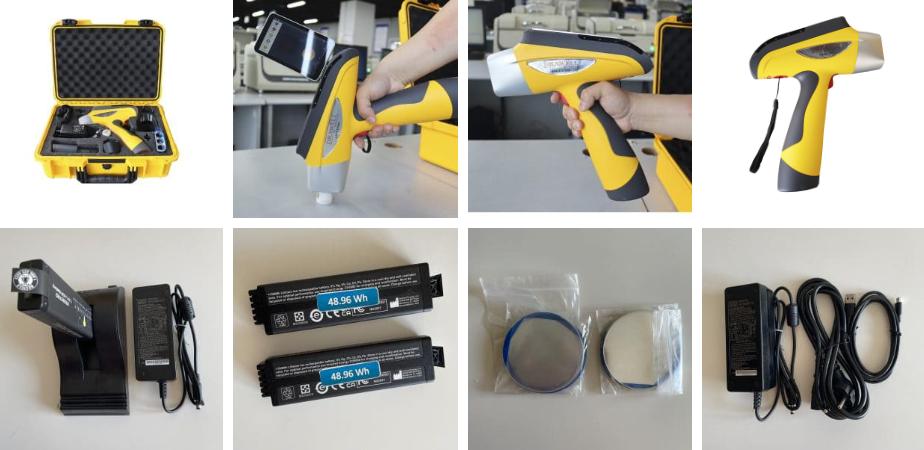
Applications Differences in ICP-OES vs. XRF
After examining the fundamental differences between ICP-OES and XRF, it’s time to shift our focus towards their real-world applications. These versatile analytical methods are widely employed in various industries, each showcasing distinct strengths and capabilities tailored to specific analytical requirements.
- Environmental Analysis: ICP-OES is widely used for the analysis of water and soil samples to monitor environmental contaminants such as heavy metals.
- Pharmaceuticals: It plays a crucial role in quality control and purity testing of pharmaceutical products by quantifying trace elements.
- Metallurgy: ICP-OES is essential in metallurgical processes for alloy composition analysis and quality control.
- Food and Beverage: It is employed to detect elemental impurities and ensure compliance with food safety regulations.
XRF Analysis:
- Mining and Geology: XRF is instrumental in ore grade determination and geological exploration to identify mineral compositions.
- Art and Archaeology: It aids in the analysis of art and archaeological artifacts to determine the elemental composition and origin.
- Metals and Alloys: XRF is used for alloy identification and verification in industries like aerospace and automotive.
- Cement and Building Materials: It helps in the analysis of cement, concrete, and building materials for quality control and elemental characterization.
Conclusion
In the world of elemental analysis, ICP-OES and XRF stand as powerful techniques, each with its unique strengths and applications. ICP-OES offers superior sensitivity and broader elemental coverage, making it ideal for trace-level analysis and a wide range of sample types. On the other hand, XRF is a versatile technique suited for qualitative and semi-quantitative analysis, especially when analyzing bulk samples with minimal preparation.
The choice between ICP-OES and XRF ultimately depends on the specific analytical needs, the elements of interest, and the characteristics of the samples being analyzed. By understanding the key differences and applications of these techniques, researchers and analysts can make informed decisions to select the most appropriate method for their elemental analysis requirements.

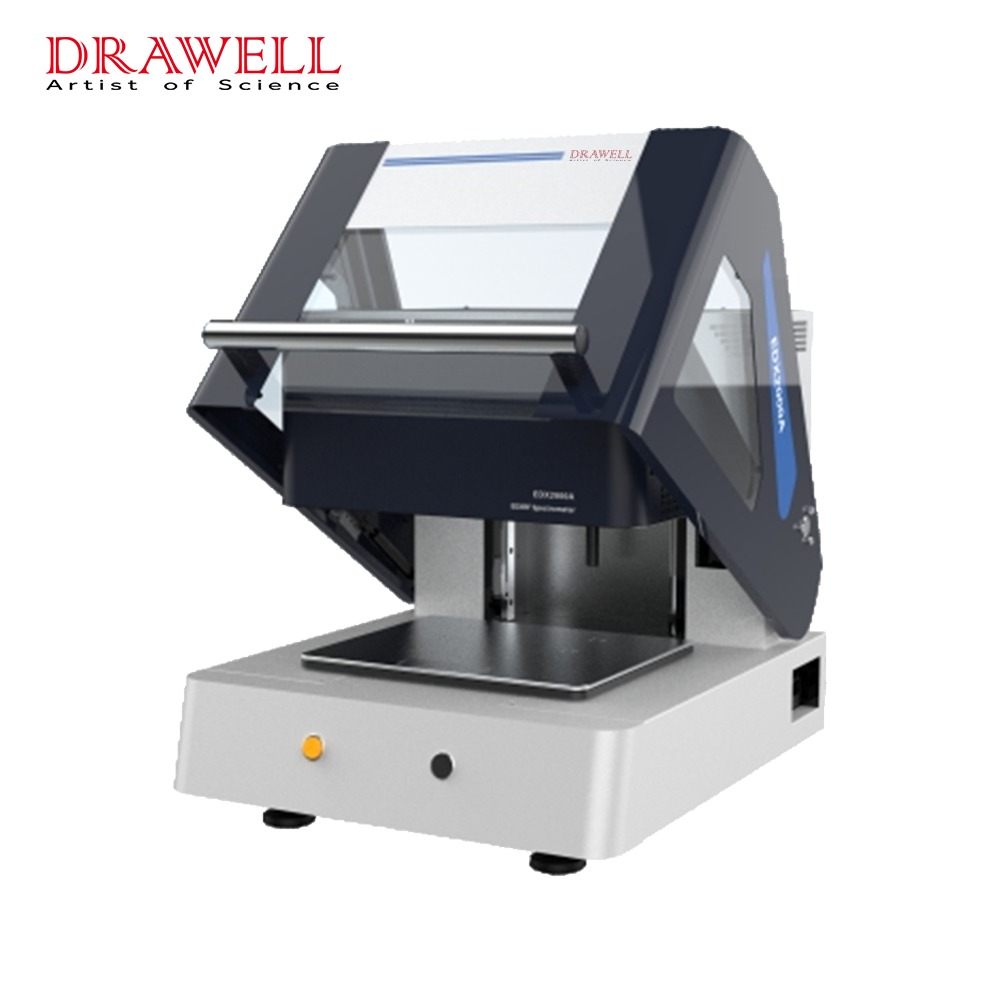
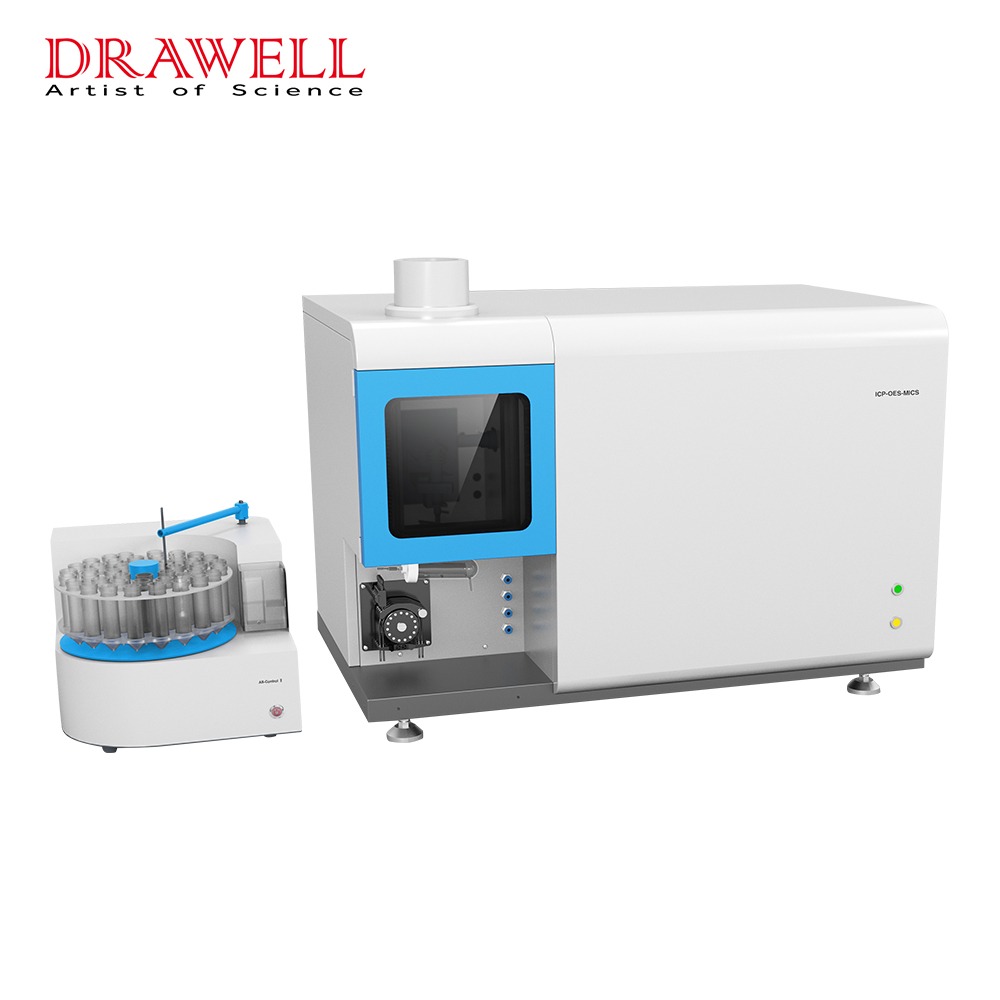
2.jpg)
